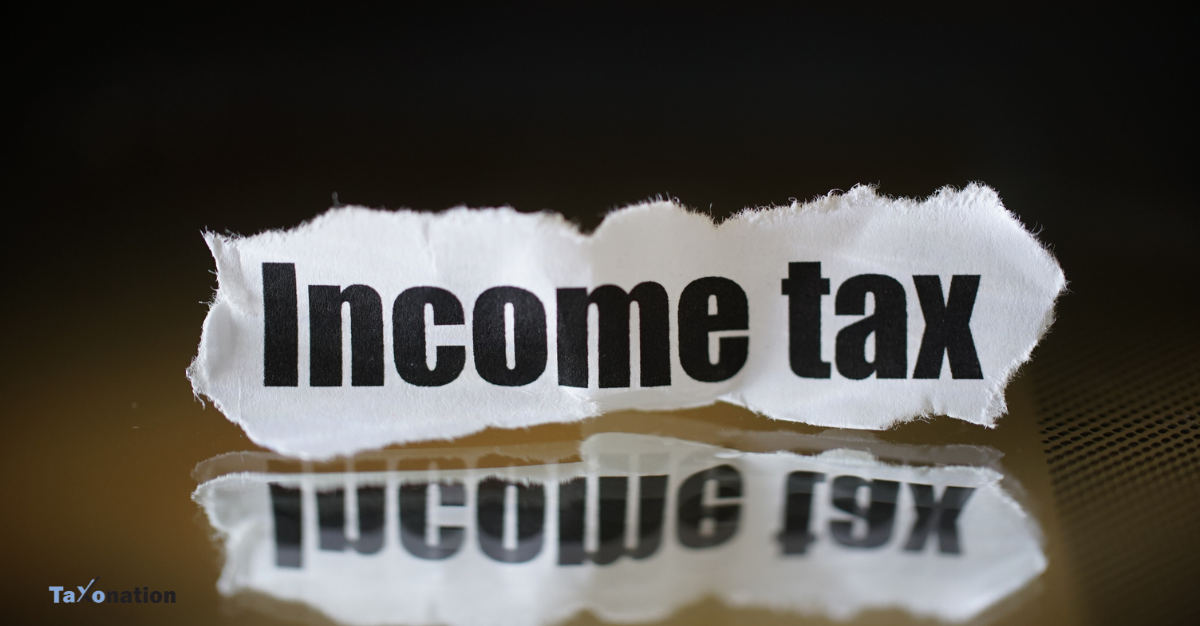
In line with the budget announcement, the finance ministry has raised the tax exemption ceiling for leave encashment upon retirement for non-government salaried individuals. According to the notification issued on May 24th, 2023, the new exemption limit is set at ?25 lakh. Interestingly, this new limit is applicable retrospectively from April 1st, 2023, meaning that any private sector employee who retired or superannuated on or after April 1st, 2023, will be eligible to benefit from this new exemption limit.
The ministry estimates that approximately 50% of personal income taxpayers are salaried individuals. Whether they opt for the new or old tax regime, these individuals will benefit from the increased leave encashment exemption when they retire. Previously, the tax exemption for leave encashment for non-government employees was set at ?3 lakh, a limit that was established in 2002 when the highest basic wage in the government was ?30,000 per month. The recent revision reflects the need to align the exemption limit with the changing economic landscape and rising wages.
Now, let us delve into the concept of leave encashment and understand its various aspects. Leave encashment refers to the practice of receiving compensation in exchange for unused paid leave days, such as vacation or sick leave, that an employee is entitled to by their company. Instead of taking time off, an employee can choose to be monetarily compensated for the number of unused leave days.
When it comes to the tax exemption applicable to leave encashment, Section 10(10AA) of the Income Tax Act, 1961, provides the following guidelines:
If an employee encashes their leaves while still on the payroll or at the time of termination (other than retirement), there is no exemption. In such cases, the entire amount received is fully taxable for all employees, including both government and private sector employees. However, relief under Section 89 is available in such circumstances.
Leave encashment received at the time of retirement, whether by way of superannuation or otherwise, has different tax treatment for government and private employees:
a) Government employees: Leave salary received at the time of retirement is fully exempt from tax.
b) Private employees: Leave salary received at the time of retirement is exempt from tax to the extent of the least of the following:
It is important to note that the leave encashment option is available only for privileged or earned leaves. Privileged or earned leave refers to the annual entitlement for employees who have completed one year of service in a company. While the customary practice in India is to provide 18 earned leaves to employees, the exact number may vary across organizations.
In the unfortunate event of an employee's death while still in service, if the deceased employee's legal heirs receive the amount of leave encashment, it will be fully exempt from tax.
The increased tax exemption for leave encashment for retiring non-government employees, with a higher limit of ?25 lakh, will lead companies to restructure their remuneration structures. This will enable employees to optimize their tax savings upon retirement. According to reports, the Revenue Secretary has highlighted that this tax exemption hike could potentially result in savings of ?7 lakh in taxes that would have been payable before this amendment.
In conclusion, the enhanced leave encashment exemption limit of ?25 lakh for retiring non-government employees is a significant boost. This revision aligns with the changing economic landscape and provides greater tax savings for employees at the time of their retirement. It is expected that companies will adjust their emoluments structure to incorporate this benefit, allowing employees to make the most of their retirement savings.
Team Taxonation
Comment: